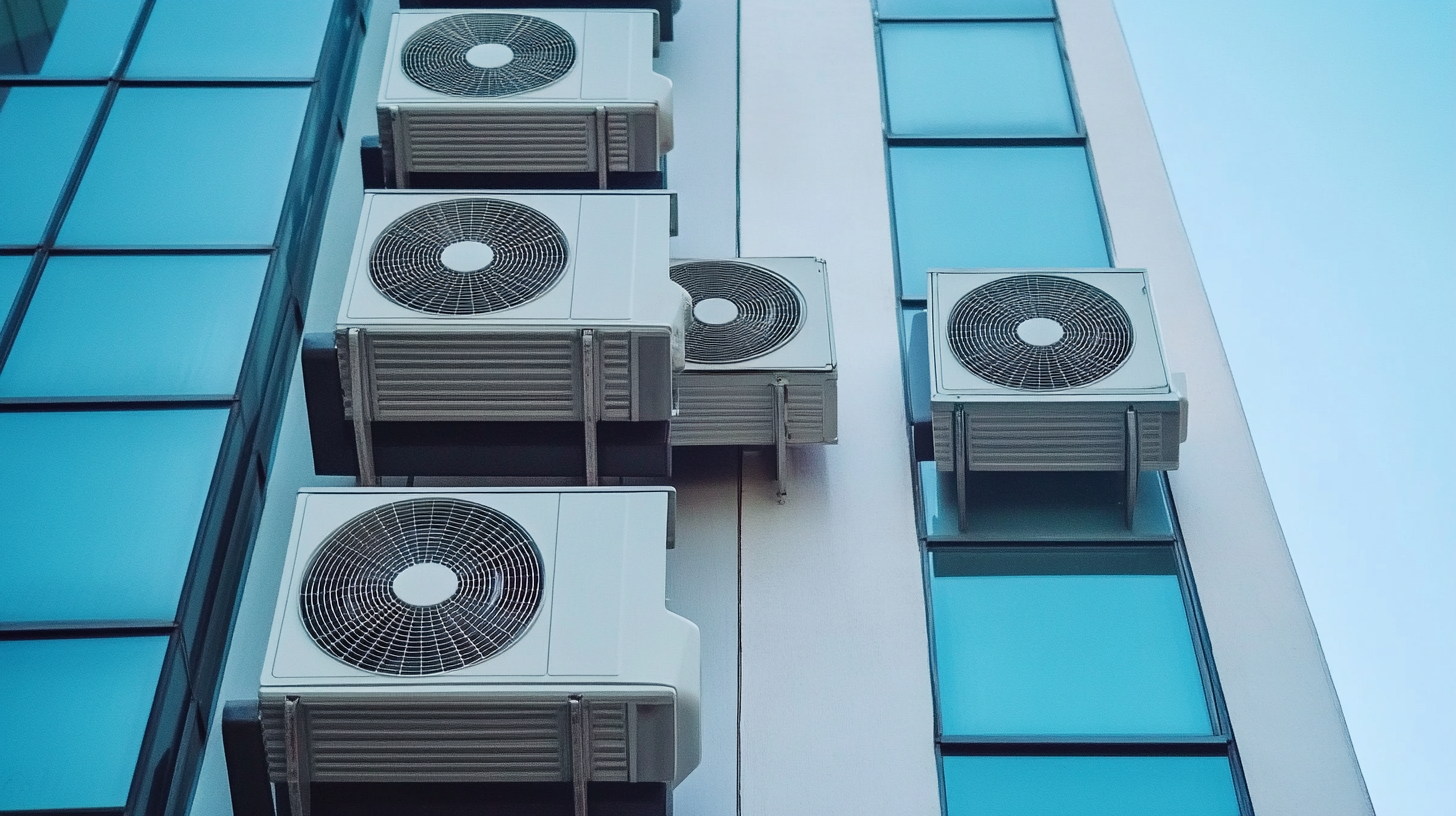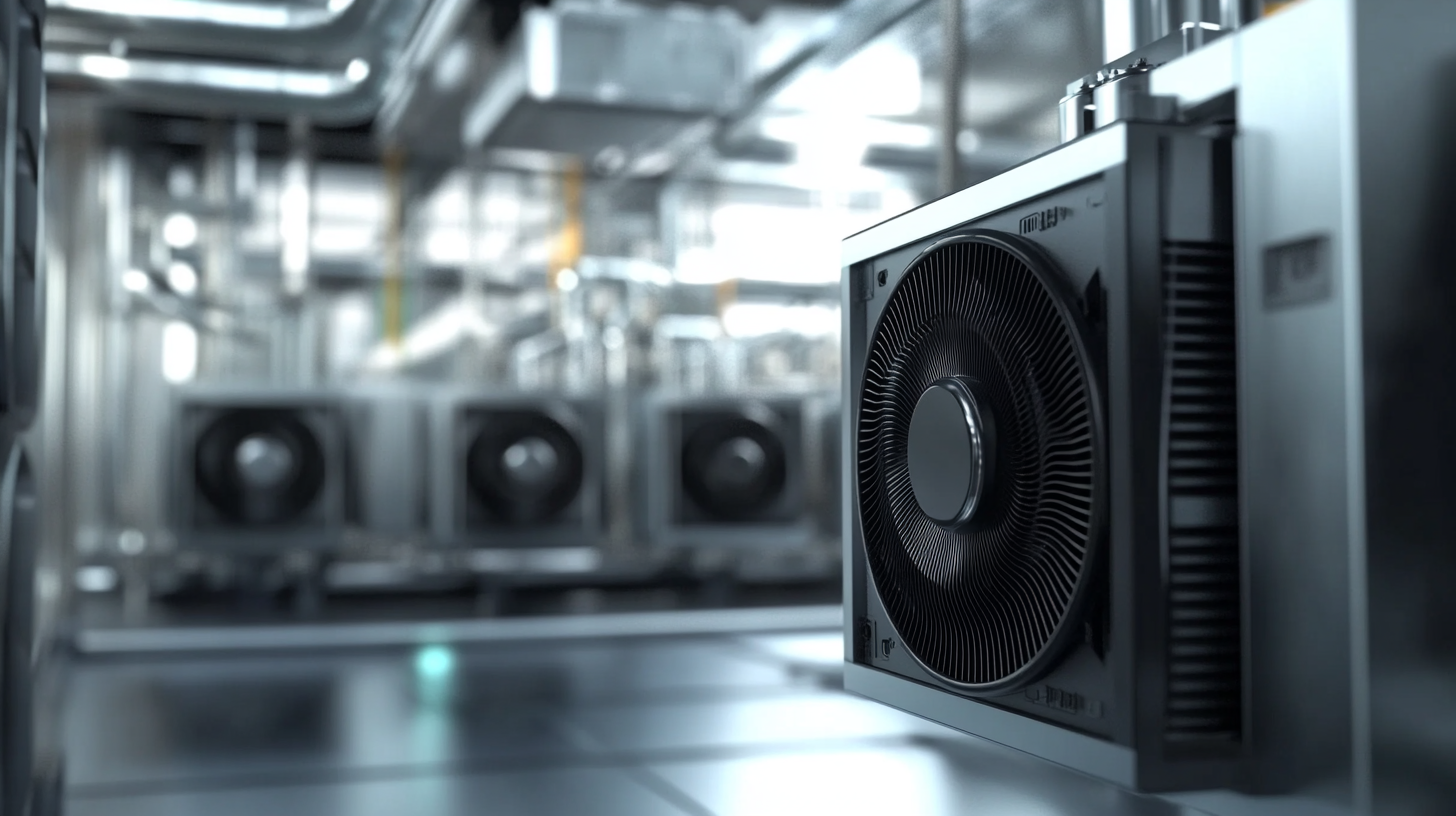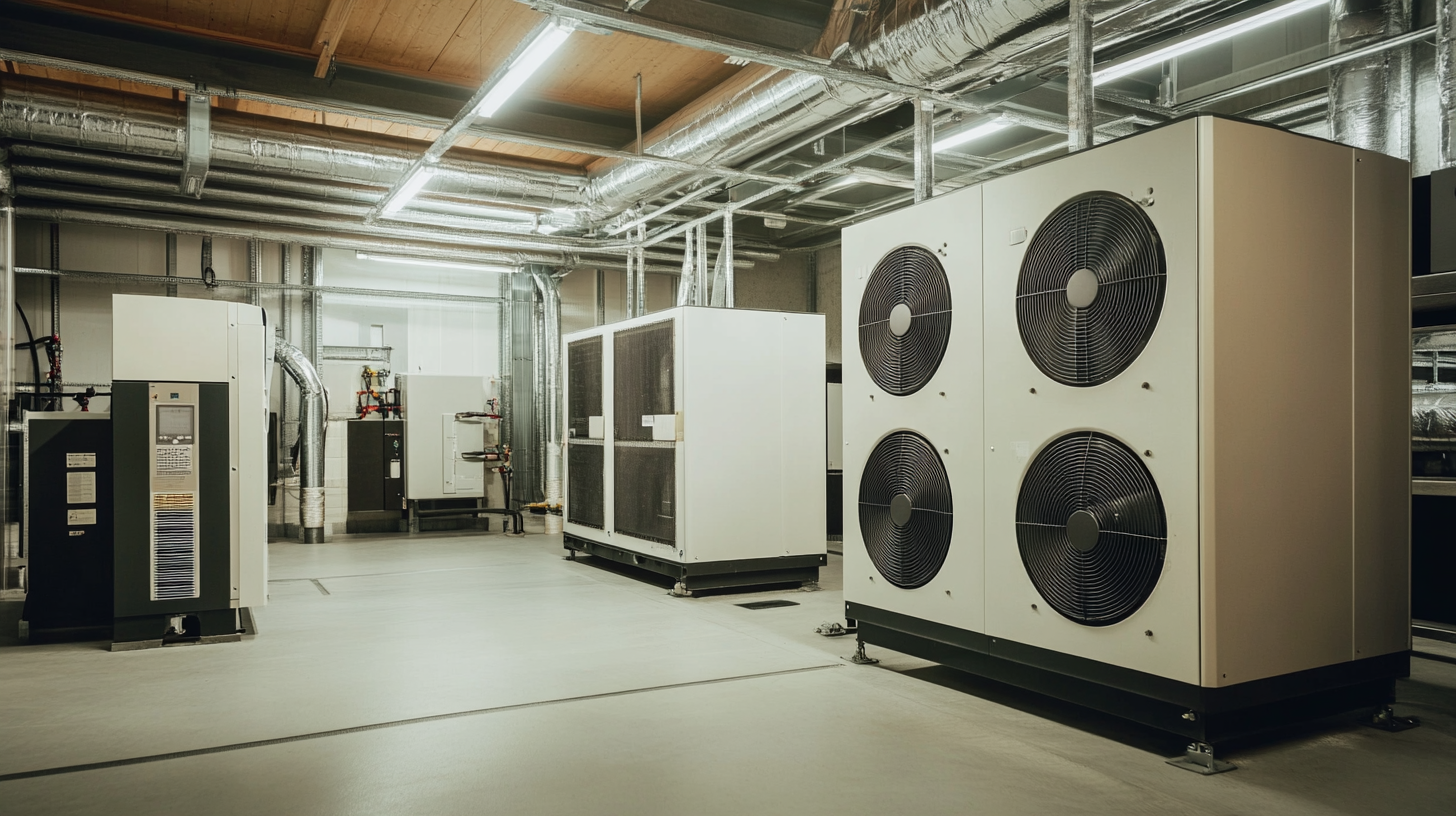


As the world increasingly turns its focus towards sustainable energy solutions, the Air Source Heat Pump (ASHP) technology is emerging as a key player in the transition to greener heating methods. According to a report by the International Energy Agency (IEA), ASHPs can reduce greenhouse gas emissions by up to 50% compared to traditional heating systems. This advantage stems from their ability to extract heat from ambient air, making them a versatile and energy-efficient solution for residential and commercial heating needs. With the global market for ASHPs projected to grow at a compound annual growth rate (CAGR) of over 10% through 2027, it's evident that this technology is set to revolutionize the heating industry.
The advancements in ASHP technology are particularly significant as governments and regulatory bodies implement stricter energy efficiency standards and incentivize renewable energy sources. The Global Heat Pump Alliance has highlighted that increasing the deployment of Air Source Heat Pumps can lead to substantial long-term energy savings and a reduction in reliance on fossil fuels. This blog will explore the next generation of Air Source Heat Pump technology, examining innovative features, enhanced performance metrics, and the broader implications for energy consumption and environmental impact in the coming years.

The advancements in air source heat pump (ASHP) technology have marked a significant leap in energy efficiency and performance. Modern ASHPs are now designed to harness ambient air more effectively, enabling them to provide reliable heating and cooling across various climates. This has been largely achieved through the development of enhanced compressor systems and advanced refrigerants that operate effectively even in low-temperature conditions. Furthermore, the integration of smart technology is transforming the way heat pumps interact with users and their home environments. With features such as remote control, real-time monitoring, and adaptive energy management systems, homeowners can optimize their energy usage while minimizing their carbon footprint. Recent models also incorporate variable-speed compressors that adjust their output based on demand, resulting in quieter operation and reduced energy consumption. Material innovations are also contributing to improved efficiency and performance. The latest heat exchangers are designed with higher surface areas and improved insulation properties, which maximize energy transfer between the external environment and the indoor space. Consequently, these advancements facilitate not only quicker heating and cooling cycles but also a reduced environmental impact, positioning ASHPs as a sustainable choice for modern heating and cooling needs. As the technology continues to evolve, the potential for air source heat pumps to play a vital role in energy conservation and climate change mitigation becomes increasingly clear.

The next generation of air source heat pump technology is reshaping the way we think about energy efficiency and sustainability in our homes. One of the most notable innovative design features of these advanced systems is the integration of smart technology. With IoT connectivity, homeowners can now monitor and control the temperature and energy usage of their heat pumps from anywhere using a smartphone app. This interconnectedness not only enhances user convenience but also allows for better energy management, leading to significant cost savings.
Another groundbreaking aspect of next-gen air source heat pumps is their improved heat exchange mechanisms. These systems utilize enhanced evaporator and condenser designs that maximize heat transfer efficiency, allowing them to perform effectively even in extremely low temperatures. This innovation ensures that homes remain comfortable year-round, regardless of climate conditions, while minimizing energy consumption. Additionally, advancements in variable-speed compressors enable these heat pumps to adjust their output dynamically, providing precise heating or cooling without the constant on/off cycling of traditional systems.
Noise reduction technology is also a critical development in modern air source heat pumps. With quieter operation, next-gen models have become suitable for residential applications without causing disturbances. The design incorporates sound-dampening materials and strategic placement of components to limit operational noise, making them more appealing for home installations. As these technologies continue to evolve, they promise to deliver even better performance and comfort, setting a new standard in the heating and cooling industry.

The integration of smart technology in air source heat pump systems is revolutionizing how we approach energy efficiency and environmental sustainability. As the market for heat pump laundry dryer rotary compressors is projected to grow significantly, expected to reach a valuation of USD 231 million in 2023 with an impressive growth rate of 8.7%, there is a remarkable shift towards smarter, more efficient technologies. These advancements not only enhance performance but also optimize energy consumption, making heat pump systems an attractive choice for eco-conscious consumers.
Smart technology allows for real-time monitoring and control of heat pump systems, enabling users to customize settings based on their unique energy needs. For instance, the implementation of smart thermostats and IoT connectivity means that homeowners can manage their heating and cooling from anywhere, further reducing energy waste. As global awareness of climate change increases, the Green HVAC market is also expected to witness substantial growth, reaching an estimated US$ 165.1 billion by 2035, driven by the demand for sustainable heating solutions. This illustrates a clear trend toward integrating intelligent systems into HVAC technologies, ensuring that the next generation of air source heat pumps is not only efficient but also fundamentally aligned with a greener future.

Air source heat pumps (ASHPs) have emerged as a pivotal technology in the quest for sustainable heating solutions. According to the International Energy Agency (IEA), ASHPs can reduce greenhouse gas emissions by as much as 50% compared to traditional fossil fuel heating systems. This significant reduction is a crucial aspect of environmental benefits that modern ASHPs offer, particularly in the context of global warming and climate change initiatives.
Recent advancements in ASHP technology have further enhanced their efficiency and performance. For instance, the ASHP systems now utilize improved refrigerants that have a lower global warming potential (GWP). According to a report by the U.S. Department of Energy, new models of air source heat pumps can achieve coefficients of performance (COP) exceeding 4.0, providing four units of heating for every unit of electricity consumed. This remarkable efficiency translates into lower energy consumption and reduced stress on the electrical grid, which is increasingly important as the world shifts toward renewable energy sources.
Furthermore, ASHPs contribute to air quality improvement. With the reduction of reliance on oil and gas heating, emissions of nitrogen oxides and particulate matter are lowered, leading to cleaner air. The World Health Organization estimates that decreasing residential heating emissions could prevent numerous health issues related to air quality, thereby enhancing public health outcomes. As we embrace modern air source heat pump technology, the synergy of energy efficiency, emission reduction, and health benefits presents a compelling case for their widespread adoption in residential and commercial spaces.
As the demand for energy-efficient heating solutions continues to rise, upgrading to advanced air source heat pump models presents a cost-effective option for residential consumers in the United States. Recent studies reveal that these systems can deliver significant performance improvements over traditional heating methods. For instance, heat pumps typically convert one unit of electricity into 2.5 to five units of heat, highlighting their exceptional efficiency compared to conventional gas boilers.
The economic incentives for such upgrades are underscored by various state programs aimed at electrification and emission reductions. A notable example is Xcel Colorado's $440 million clean heat plan, which aims to deploy heat pumps across multiple buildings as mandated by state regulations. This initiative not only contributes to a greener future but also promises long-term cost savings for residents by reducing energy expenditures while improving home comfort levels.
Furthermore, the availability of advanced modeling tools, like the Green Upgrade Calculator, enhances understanding of the financial implications of these technologies. Homeowners can better gauge the return on investment and overall climate impacts associated with switching to heat pumps. The research also indicates that as manufacturers innovate and improve the efficiency of these systems, the cost benefits of adopting heat pumps will only increase, making them an attractive option for modern homes.
